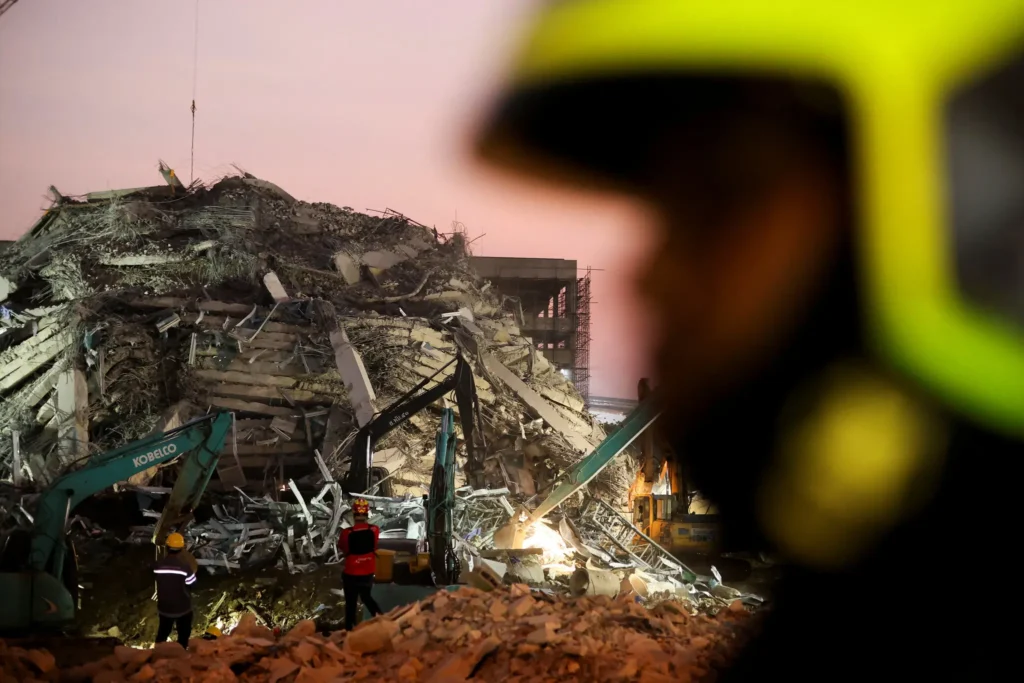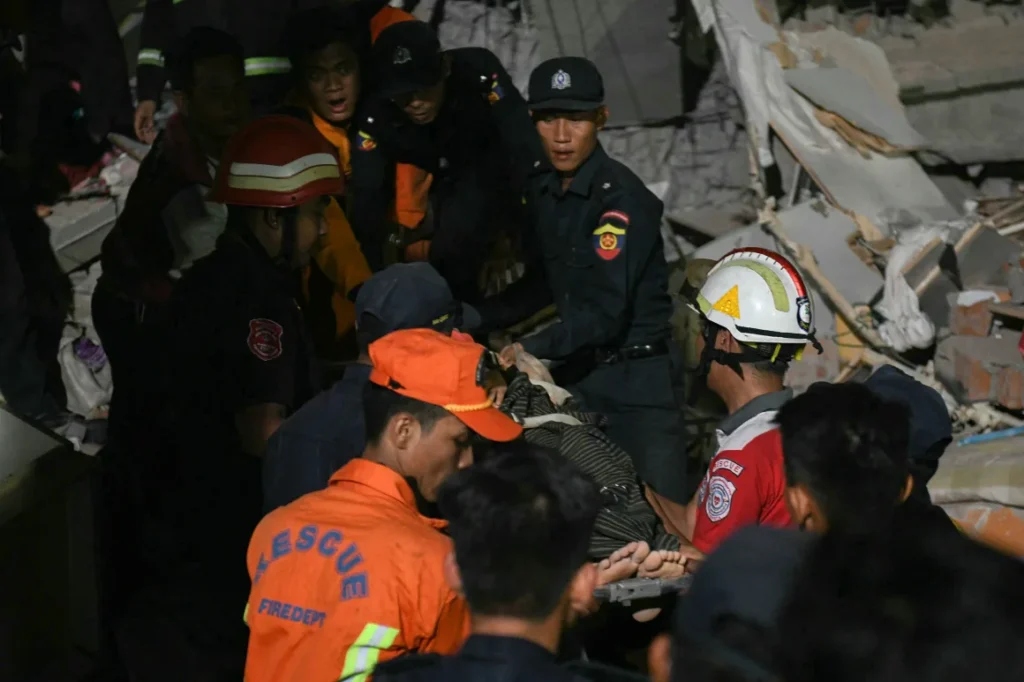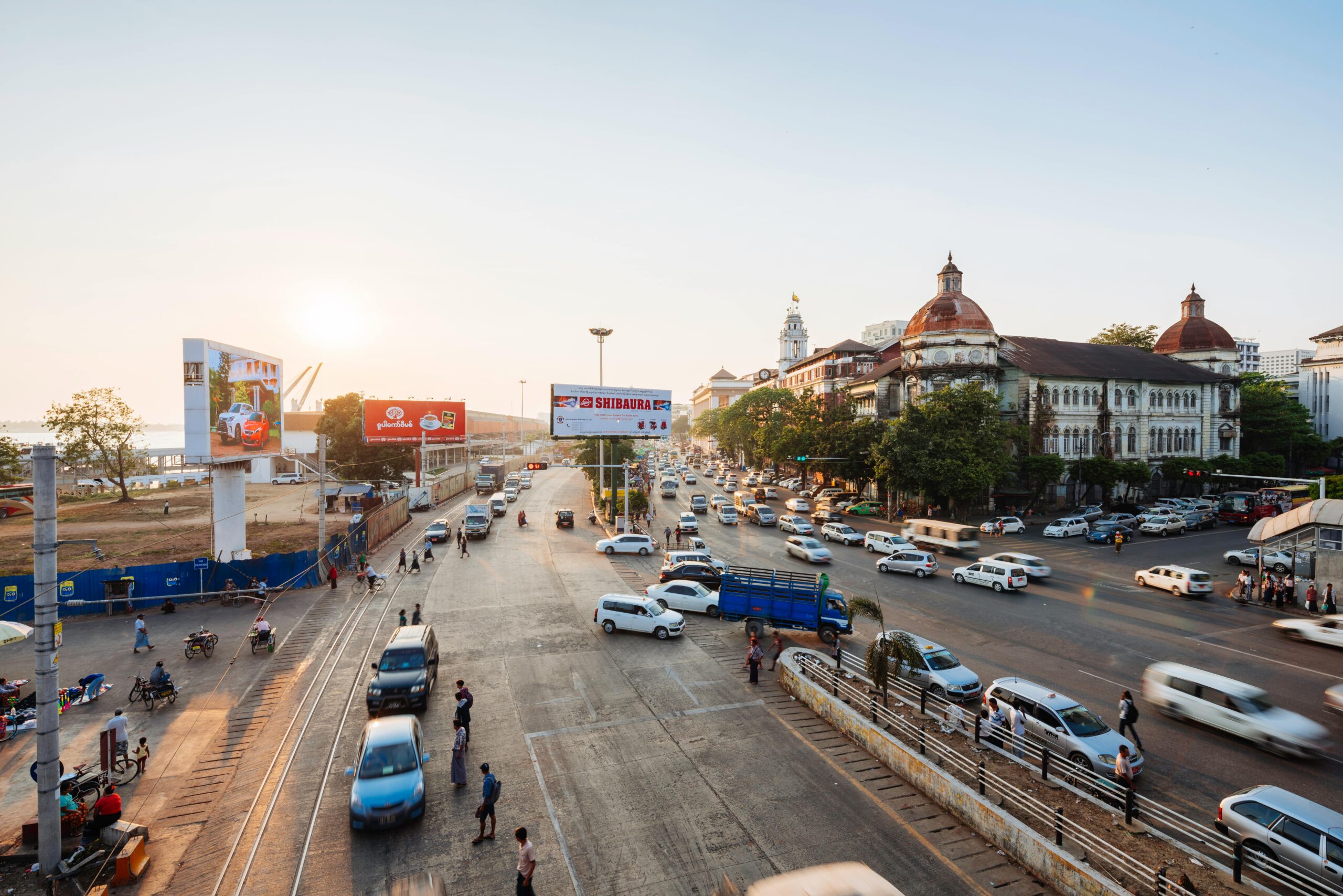A powerful earthquake struck near the Myanmar-Thailand border on March 30, 2025, sending tremors across Southeast Asia and prompting widespread concern. While damage reports are still emerging, the quake has already rattled residents in multiple countries and raised questions about seismic preparedness in the region.

Key Details of the Earthquake
- Magnitude and Epicenter:
The earthquake registered a magnitude of 6.0 on the Richter scale, according to preliminary readings from regional seismological centers. The epicenter was located in eastern Myanmar’s Shan State, close to the Thai border, a region known for its seismic activity due to the complex tectonic boundaries. - Depth:
The quake struck at a relatively shallow depth of 10 kilometers (6.2 miles), which amplifies ground shaking and typically results in more noticeable surface impact. - Time of Occurrence:
The tremor occurred early Sunday morning, catching many residents off guard as they slept. Reports indicate the shaking lasted for about 30 to 45 seconds, depending on proximity to the epicenter.
Areas Affected
- Myanmar (Burma):
Cities like Tachileik, Kengtung, and surrounding rural areas experienced strong shaking. While no major casualties have been confirmed so far, damage to infrastructure, including homes and temples, has been reported. - Thailand:
Tremors were felt as far as Chiang Rai and Chiang Mai in northern Thailand. Although there were no immediate reports of injuries or serious structural damage, local authorities are conducting inspections to assess risk to older buildings. - Beyond the Border:
Light shaking was also reported in Laos, and even in parts of southern China, particularly in Yunnan Province, where residents described swaying furniture and brief evacuations of buildings.
Emergency Response and Preparedness
- Myanmar Response:
Due to limited communication infrastructure in some parts of Shan State, comprehensive assessments are still underway. Local authorities and NGOs are mobilizing to provide aid to affected communities, especially those in rural or mountainous regions. - Thailand’s Measures:
Thailand’s Department of Disaster Prevention and Mitigation quickly issued alerts and began monitoring aftershocks. Emergency crews were dispatched to key locations, and officials reassured the public that no tsunami risk was associated with the inland quake. - Hospitals and Transport:
Hospitals near the quake zone in both countries remained operational, though some non-essential services were briefly paused to conduct safety checks. Air and rail services have mostly resumed, although some train routes in northern Thailand experienced short delays as tracks were inspected.
Seismic Context
- Tectonic Background:
The Myanmar-Thailand border region lies within the complex fault zones of the Indo-Burma plate boundary. This region has experienced moderate to strong quakes in the past, though densely populated areas have largely been spared catastrophic damage. - Historical Precedents:
In 2011, a 6.8 magnitude quake struck eastern Myanmar, resulting in more than 70 deaths. Today’s earthquake, while significant, appears to have had less severe consequences—likely due to its location and time of occurrence. - Aftershock Risk:
Experts warn that aftershocks are likely over the next several days. Residents have been advised to stay alert but not panic, as most aftershocks are weaker than the main event.

Public Reactions and Safety Tips
Social media platforms across Southeast Asia lit up with posts from people sharing footage, photos, and personal experiences. Many expressed surprise and concern, especially in areas not typically prone to strong tremors. In cities like Chiang Mai, building evacuations were reported even though no damage occurred.
Authorities have issued the following safety reminders:
- Stay away from unstable structures and inspect homes for cracks.
- Keep an emergency bag with water, flashlight, and medical supplies.
- Follow official alerts from seismological agencies and local governments.
Frequently Asked Questions
Q: Was there a tsunami threat from this earthquake?
A: No. The earthquake was inland and too far from the ocean to trigger a tsunami.
Q: How strong was the quake, and where did it hit?
A: It measured 6.0 in magnitude and struck near Myanmar’s Shan State, close to the Thailand border.
Q: Were there any casualties?
A: As of now, no deaths have been confirmed, but some buildings in Myanmar sustained structural damage. Reports are still being collected from remote areas.
Q: Are aftershocks expected?
A: Yes. Aftershocks are a natural part of seismic activity. Residents in the region may feel minor tremors in the coming days.
Q: What should people in affected areas do now?
A: Stay informed through official updates, inspect homes for damage, avoid risky areas, and be prepared for aftershocks.
Q: Is this region known for earthquakes?
A: Yes. The Indo-Burma plate boundary is seismically active, though destructive earthquakes in this specific region are relatively infrequent.

As Myanmar and Thailand continue their assessments, this event is a timely reminder of the unpredictable nature of seismic activity in Southeast Asia—and the importance of preparedness in vulnerable regions.
Sources CNN


